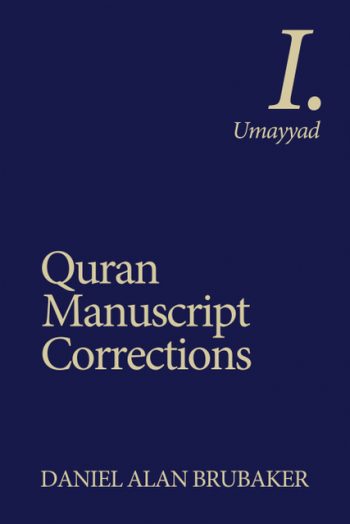Quran and Islam

Within thirty years of the death of Muhammad, it is understood that the Qurʾān existed in its fixed, if skeletal form; theologically, it is held that the form in which the text existed at that point was an image of the ‘heavenly tablet’, suggesting that its structure and content were precisely that which God desired for it.
[…] However, the evidence of some of the early manuscripts, it has been suggested, seems to indicate otherwise. Rather, it appears that there was a stage at which the written text of the Qurʾān was analyzed and determined as to its meaning and pronunciation on the basis of a skeleton consonantal text with no reference to a living oral tradition.
– Andrew Rippin
Selected videos
Forthcoming Publications




research principles
The full pursuit of knowledge requires freedom. Because of this, ALL first rate schools, colleges, and universities:
- Reject limits on inquiry, regardless the proposed basis of such limits (e.g. theories of political correctness, "cultural appropriation," "patriarchy," "colonialism," or any other)
- Affirm truth as real and its discovery and affirmation as the core purpose of the institution
- Censure those who attempt to intimidate or limit others' right to freedom of conscience, speech, and inquiry
How to know if an idea is weak
There are weak (i.e. false) ideas and there are strong (i.e. true) ideas. An idea is likely weak (or at least is perceived so by its advocates) if its advocates won’t permit cross-examination. Strong ideas, in contrast:
- Withstand scrutiny
- Need no protection
- Can be discovered and/or tested
(Top of page: Stacked books inside the Dome of the Rock, Jerusalem, June 2019. Brubaker photo.)